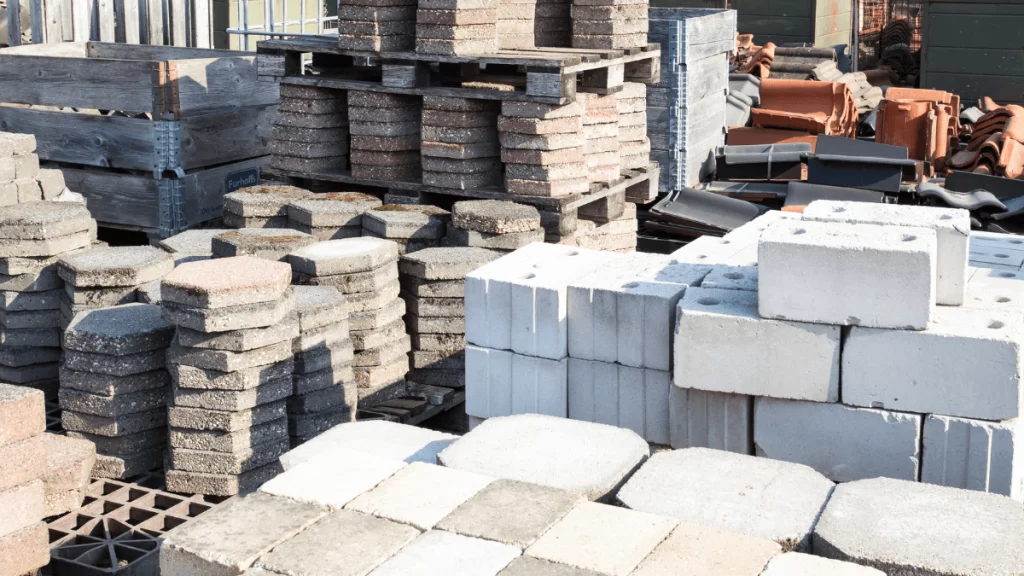Sustainable construction materials are those that reduce the negative environmental impacts of buildings. They also offer other advantages such as their durability and energy efficiency.
Reusing or recycling materials is crucial elements of an environmentally sustainable construction. Utilizing recycled steel, wood and papers are some instances of this. Also, it involves using alternative energy sources, such as solar panels or geothermal systems.
Environmental Protection
Construction requires large quantities of raw materials, and creates an enormous amount of debris. With an aim to reduce the environmental footprint of this industry Sustainable building practices and practices are being created. One approach for achieving this is using recyclable and sustainable materials.
Ferrock is among the most widely employed sustainable building product. It’s composed of leftover materials such as glass powder, steel dust and other recycled materials. This material is well-known due to its capability of reducing the emission of CO2. This has a positive influence on the environmental. Bamboo is a sustainable resource that can be used both for decorative and structural purposes. The material is easily available across a wide range of areas, and it’s easy to use.
A green alternative is green charcoal bio-bricks, made from carbon, soil, and organic luffa fiber. This helps cool down the temperatures in the buildings and it also enhances air quality. They also reduce energy consumption as well as noise.

Benefits
There are many benefits to making use of eco-friendly building materials. They not only lessen carbon footprints, but they also save money on the operation and maintenance. These products can be used without no compromise on performance or performance or.
Recycling less waste is a different way sustainable construction helps conserve the natural environment. Most eco-friendly building products are made of recycled or repurposed materials allowing them to be easily broken down and reused. This reduces the need to purchase new raw materials, and helps reduce trash that goes to landfills.
Some popular eco-friendly building materials include bamboo, straw bales, and reclaimed wood. Bio-bricks that are made from green charcoal, sludge, ash, as well as charcoal are becoming more popular. They’re easily available and cost-effective. They’re also simple to maintain, and they don’t include toxic chemicals.
Applications
Construction materials that are sustainable help to protect the Earth in reducing carbon emissions from buildings. These are durable as well as lighter and more efficient than those used in traditional construction. These materials are also beautiful and contribute to the transition from current practices in construction towards an environmentally sustainable future.
Sustainability of construction materials are determined by the life cycle of that material, including its extraction, manufacture as well as its use, and then disposal. This also covers transportation expenses and the energy consumed.
A lot of eco-friendly building materials are produced locally or are sourced locally, requiring less energy for the processing and transport. Certain are not toxic and/or water-resistant. Sheep’s wool is a great and very efficient insulation material that uses minimal energy when compared to synthetic substances.
A different eco-friendly building material is the rammed earth. This is a mixture of soil, straw, and sand. This is an old construction technique that has experienced a revival in the realm of sustainable building. Recycled timber and recycled steel are also eco-friendly building materials.
Future Trends
Green-friendly materials are a wonderful solution to lessen impacts on the environment from the construction industry cat san lap. Additionally, these materials are durable and energy efficient.
The focus of construction professionals is now on green construction practices. They save costs, while also meeting consumer demand for more eco-friendly residences.
Green building materials are growing fast, and this trend is predicted to grow over the coming years. Green construction is driven by a number of aspects, which include rising environmental concerns, increased demands for buildings that are energy efficient and accessibility to sustainable financial services.
The latest technologies make it easier for builders to use sustainable construction materials into their plans. 3D printing is a method to make sustainable construction products that do not carry errors made by humans. Additionally, this method makes use of recycled materials that reduce use. Some other sustainable building materials are recycled steel and reclaimed wood. They are also more resistant against natural hazards like floods and earthquakes.
